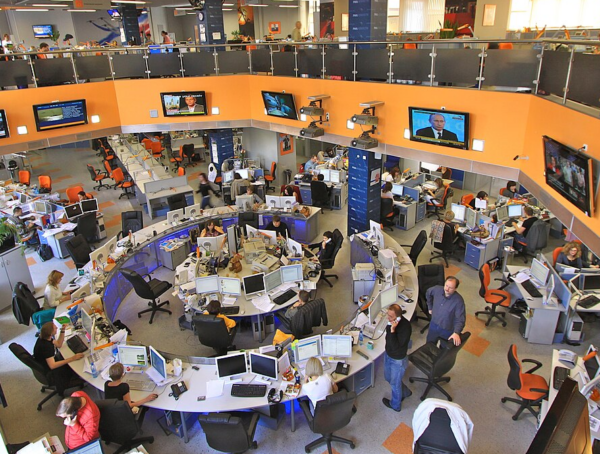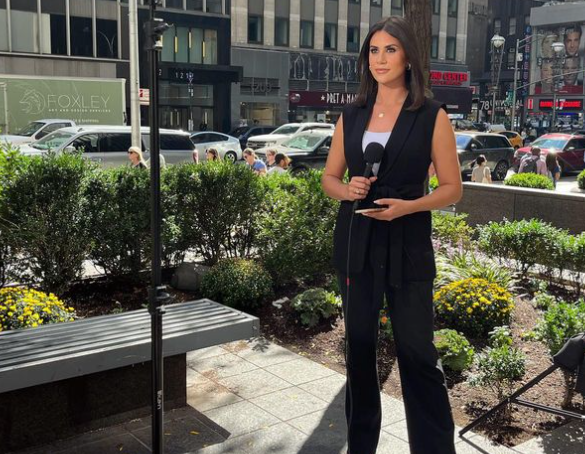In today’s digital age photojournalists are some of the most important people in the business. Their work not only tells you but shows you news events as they are happening whether it be through stills or video. From natural disasters to presidential assassination attempts, John Bullard has seen it all.
“It was an incredible run,” said Bullard, “I have so many stories to tell.” Bullard got his first job in local TV news, eventually working up to the networks. He is now a freelance photojournalist and still working for the major news network, mainly on political coverage.
Bullard said the work is very different than when he started. “The cameraman is also asked to do his job plus; he’s got to also be an editor. He also has to be a producer.” To work in photojournalism today is to combine all the most important aspects of being a journalist, according to Bullard, including some he never imagined when first starting out.
“If we had to go live, I can go live through my phone through a Live U app…all the NBC crews on their company phones have a Live U app. And if news started breaking out in front of me, I can literally lift up my phone and go live with it.”
Bullard said there is no better way to learn the craft than in the school of local news. “Your local newsroom is the best graduate school.” He said that the experience you gain on the job can be used to provide a base to begin freelancing or working for a major network.
If you do make it to the national or international level, Bullard said, your work may be literally seen around the world. When President Trump was hospitalized with COVID, Bullard ran the pool camera outside the hospital so that the networks would have some video for the story (though a static building shot is generally not very exciting). But in news, things can change quickly.
“I think they were like nine online maybe eight online services that took our video when President Trump rode around the hospital [in a limo], just to show everybody he was okay,” Bullard said. “And that didn’t count the networks and the wire services and the news services that are members of the broadcast pool.”
Part of being a photojournalist is chasing the perfect shot. “There are shots that help tell the story, a perfect shot.. they are very rare and hard to get,” Bullard said. When pressed, Bullard recalled a moment when videographer Chester Panzer captured the “perfect shot” of people being rescued from an Air Florida plane after it crashed in the Potomac River in 1982. Panzer went on to be named a Pulitzer finalist in the spot news photography contest. Bullard said when people are doing their jobs, they don’t panic, they react with their skills and their knowledge.
As a seasoned news vet, Bullard has expertise spanning a lifetime of work in video journalism. With patience, he was able to build a career full of stories and network connections that he would not trade for the world. “I found something I loved, which was shooting video,” said Bullard about his over 40-year career, “I took the time to learn.”








